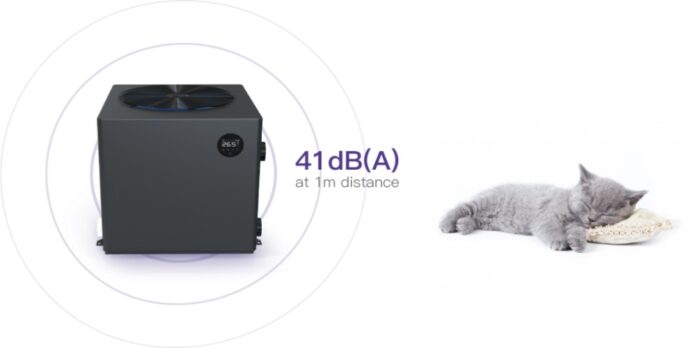Yes, swimming pools are facilities that add beauty to a home while improving the standard and quality of living in that home. These benefits are not only restricted to homes, and swimming pools provide equal benefits in resorts, hotels, and more. But ever wondered how these swimming pool owners maintain a suitable and comfortable temperature even during cold seasons.
Well, they use pool heating systems, with the most standard being inverter pool heat pumps. These systems function by maintaining a steady temperature in swimming pools. It is safe to say they function like refrigerators and air conditioners, but in the opposite form; that is, by heating instead of cooling.
These inverter pool heat pumps function specifically, and specific components work together to make it work. This article highlights how the best inverter pool heat pumps work and the components that make them work. If you are looking for the best pool heat pumps at affordable prices, you can try Chinapool heat Pump.
Components Of The Inverter Pool Heat Pumps And How The Heat System Works
Just like every other device, specific components (parts) come together and function in unison to enable the device to fulfill the desired purpose it was designed for. For inverter pool heat pumps, these are the components:
- Inverter: This is the power source of the heating system. Like refrigerators and air conditioners with a power cable that collects power from the power outlet transferring electricity into the device to enable it to function, the inverter stores power and supplies it to the system when needed, thereby enabling the system to function effectively.
- Refrigerant: This is not a component but a substance that enables the whole system to function. It exists in a gaseous state and is used by other components except for the inverter for the pool heat pump to function effectively. This substance exists in different compositions, but the most common is the chlorofluorohydrocarbon refrigerant, and it is used in both refrigerators and air conditioners.
- Compressor: This is the first part of the heating system that receives the refrigerant in a gaseous state at low pressure and low temperature and compresses it to high pressure and high temperature in a gaseous state. This compressed refrigerant is transferred to the next part of the heating system.
- Condenser: This is the main component of the heat pump system and is aided by a fan to function efficiently. This component receives compressed refrigerant from the compressor resulting in a heating effect. A fan (blower) behind the condenser absorbs the pool’s temperature and blows it over the heated condenser causing the heat to spread through the water body. The refrigerant is transferred in a semi-liquid and semi-gaseous state at high pressure and mid-temperature.
- Extraction Valve: This functions as a pressure reducer by receiving refrigerant from the condenser and reducing the pressure and temperature before transferring it at a low-pressure and low-temperature in a semi-liquid and semi-gaseous state.
- Evaporator: As the name implies, this receives the refrigerant from the extraction valve and transforms the refrigerant into a gaseous state by increasing the temperature while maintaining the pressure. The fan helps cool the temperature of the gaseous refrigerant before returning it to the compressor.
Conclusion
Inverter pool heat pumps operate a closed-cycle heat system; that is, the refrigerant is transported to all heat pump components without escaping the system.




